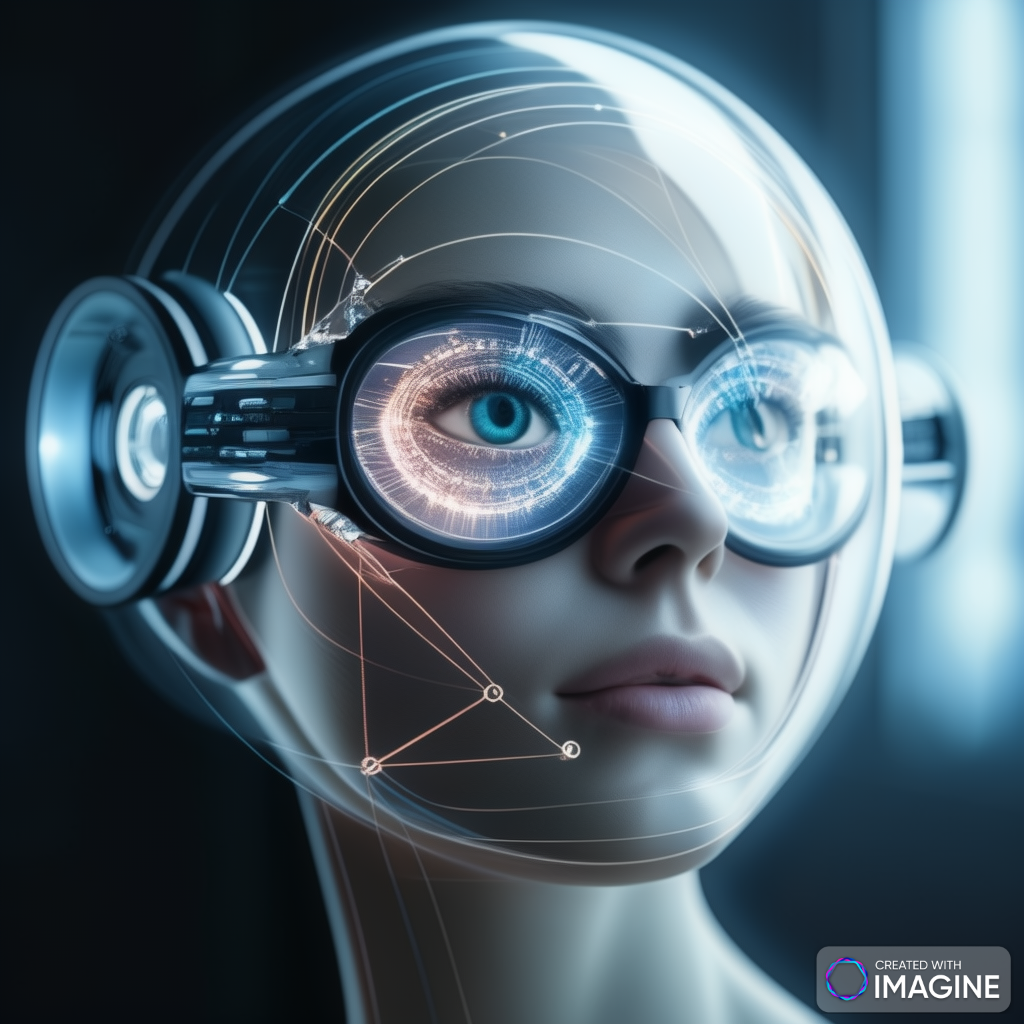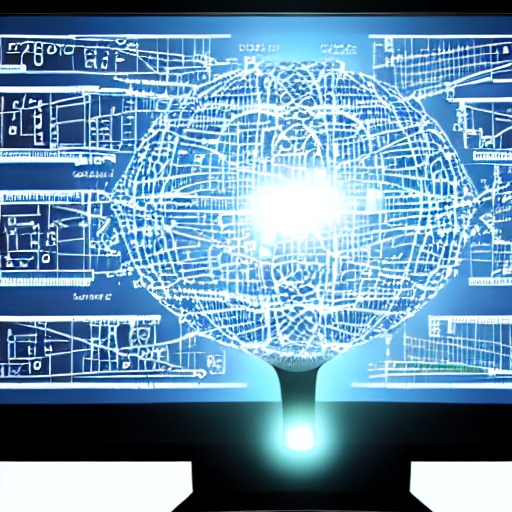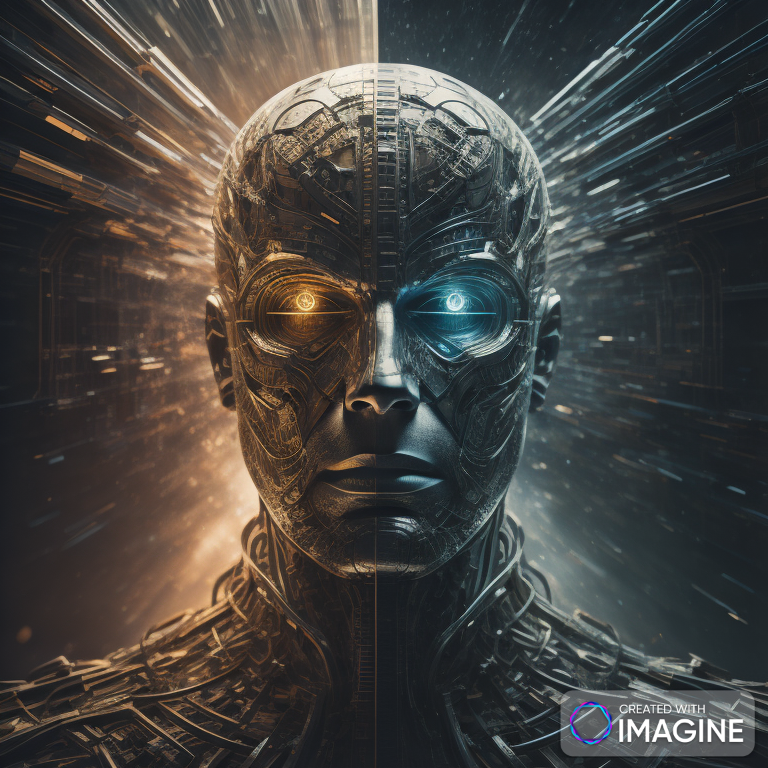In the vast realm of artificial intelligence, Intelligent Agents stand as the linchpin, executing functions that bridge the gap between percepts and actions. These agents, equipped with cognitive capabilities, play a pivotal role in decision-making, problem-solving, and navigating complex environments. In this exploration, we delve into the core concept of intelligent agents and unravel the intricacies of how they implement functions to seamlessly map percepts into a sequence of actions.
Understanding Intelligent Agents: The Architects of AI Interaction
At the heart of artificial intelligence systems,  are the dynamic entities that perceive their environment, process information, and respond with purposeful actions. Their ability to adapt and learn from experiences sets them apart, making them indispensable in diverse applications ranging from autonomous vehicles to smart home devices.
are the dynamic entities that perceive their environment, process information, and respond with purposeful actions. Their ability to adapt and learn from experiences sets them apart, making them indispensable in diverse applications ranging from autonomous vehicles to smart home devices.
Perception as the Keystone:
The journey begins with perception – the agent’s ability to gather information about its surroundings through sensors or data sources. Whether it’s visual data, auditory signals, or any other form of input, the agent interprets these percepts to form a comprehensive understanding of the environment.
Example: In autonomous vehicles, sensors perceive the road environment, capturing data on nearby vehicles, pedestrians, and road conditions.
2. Processing the Percepts:
Once armed with percepts, intelligent agents leverage their internal processing capabilities to make sense of the incoming information. This involves employing algorithms, statistical models, or machine learning techniques to analyze and extract meaningful patterns from the data received.
Example: In natural language processing, an intelligent agent processes textual information, extracting key entities and sentiments for further analysis.
Decision-Making Mechanisms:
The crux of intelligent agent functionality lies in its decision-making prowess. Based on the processed percepts, the agent employs a decision-making mechanism to determine the most appropriate course of action. This can range from simple rule-based systems to sophisticated machine learning models that adapt and optimize over time.
Example: In a recommendation system, an intelligent agent uses collaborative filtering to decide which products to suggest based on a user’s preferences and behavior.
4. Mapping to Action Sequences:
The culmination of the agent’s cognitive process is the mapping of percepts into a sequence of actions. This involves translating the decision into executable tasks, whether it’s controlling physical movements, generating responses, or initiating specific behaviors. The seamless integration of perception, processing, and action sets the stage for effective interaction with the environment.
Example: In a robotic system, an intelligent agent maps the decision to move to a specific location into a sequence of motor commands.
5. Case Studies: Real-world Applications in Action:
To appreciate the practical implications of intelligent agents, it’s essential to explore real-world applications. In autonomous vehicles, for instance, intelligent agents use sensor data to perceive the road environment, process this data to identify obstacles and traffic patterns, make decisions on speed and direction, and finally, map these decisions into actions such as steering and acceleration.
Similarly, in smart home devices, intelligent agents process user preferences and environmental conditions to decide on actions like adjusting thermostat settings or controlling lighting. These examples showcase the versatility of intelligent agents across various domains.
6. Challenges and Advances in Intelligent Agent Implementation:
While intelligent agents represent a pinnacle in AI development, they also face challenges. The complexity of real-world environments, the need for continual learning, and ethical considerations pose hurdles in agent implementation. However, ongoing advances in machine learning, neural networks, and reinforcement learning are addressing these challenges, pushing the boundaries of what intelligent agents can achieve.
Challenges:
- Dynamic Environments: Adapting to unpredictable and dynamic environments is a persistent challenge for intelligent agents.
- Ethical Considerations: As agents make decisions with real-world consequences, ethical frameworks for AI decision-making become crucial.
Advances:
- Reinforcement Learning: Advances in reinforcement learning enable agents to learn optimal actions through trial and error.
- Explainable AI: Efforts are underway to make intelligent agents more transparent, allowing humans to understand and trust their decisions.
7. Future Outlook: Evolving Intelligent Agents:
As technology progresses, the future holds exciting prospects for intelligent agents. Enhanced sensory capabilities, improved decision-making algorithms, and increased adaptability are on the horizon. The integration of intelligent agents into collaborative systems, where multiple agents interact to achieve common goals, presents a fascinating avenue for exploration.
Future Trends:
- Multi-Agent Systems: Collaboration among intelligent agents in multi-agent systems is anticipated to play a pivotal role in solving complex problems.
- Human-AI Collaboration: Intelligent agents will evolve to work more seamlessly with human counterparts, enhancing productivity and decision-making.
Conclusion: Intelligent Agents as Catalysts for AI Evolution:
In the intricate tapestry of artificial intelligence, intelligent agents emerge as the architects of seamless interaction. By diligently mapping percepts into action sequences, these agents not only navigate the complexities of their environments but also pave the way for AI systems that continuously evolve and adapt. As we stand on the cusp of a new era in technology, the role of intelligent agents remains central to the unfolding narrative of AI innovation.







